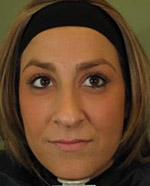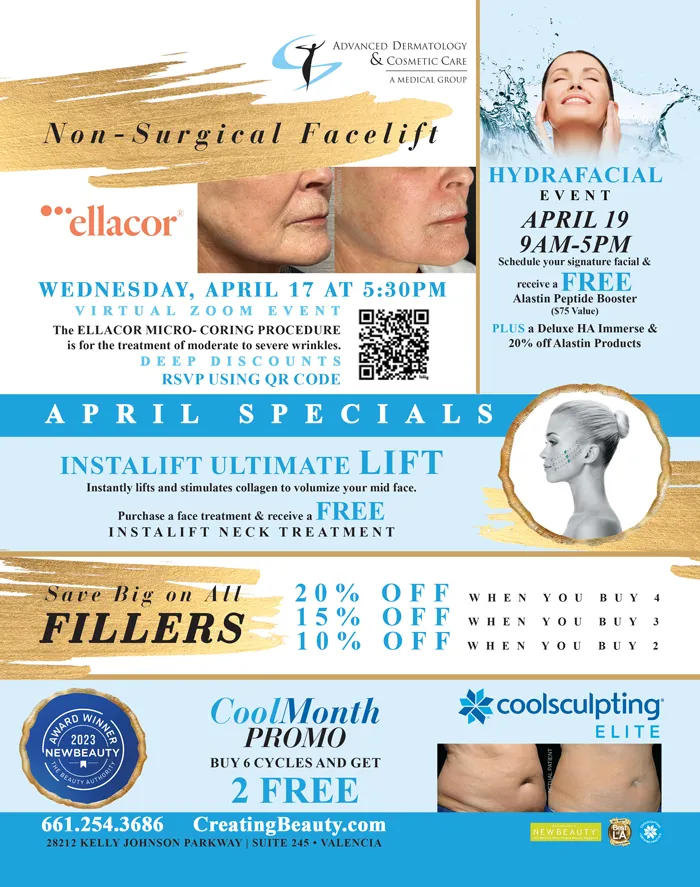Actinic Keratosis
Actinic keratosis (AK), is also referred to as solar keratosis because it is a direct result of excessive exposure to the sun. AKs are small scaly, crusty or brittle bumps that appear on the skin. Rough to the touch, AKs can be light or dark, pink, red, tan, a combination of colors or even the same color ask your skin. Inflation and redness may occur around the AK. It can also sometimes itch or cause a tender sensation.
AKs usually develop slowly and can be anywhere from 1/8 to 1/4 of an inch (2mm to 4mm). Sometimes, it can be as large as 1 inch. They most often appear on the lips, face, ears, neck, scalp, backs of the hands, forearms, back and shoulders because these parts of the body are most often exposed to sunlight and UV rays. Early on, an AK may disappear and reappear later. It is very common to see several AKs at once.
Actinic cheilitis
One form of AK is actinic cheilitis, which occurs on the lips. Actinic cheilitis will cause the lips to become dry, cracked, scaly and pale. It mostly affects the lower lip because it usually receives more exposure to the sun than the upper lip.
Arsenical keratosis
Although rarely seen today, arsenical keratosis is an buildup of keratinized tissue. They usually appear on the palms, soles and inner surfaces of the fingers and toes and often resemble a large number of small, yellow corns. Arsenical keratosis usually only appears in patients who were exposed to arsenic at some time in their life, whether it be from a medication or an environmental or industrial source.
Leukoplakia
Leukoplakia is a disease affecting the mucous membrane, causing white patches or plaque to develop on the inside of the mouth or tongue. It is caused by continuous irritating factors, such as rough teeth or rough edges on fillings or dentures, or smoking or other tobacco use. If leukoplakia develops on the lips, it was most likely a result of excessive sun exposure.
Bowen’s Disease
Bowne’s disease, which appears as unrelenting red-brown, scaly patches, are usually considered to be a superficial SCC that has not spread. It often resembles psoriasis or eczema, and if left untreated, could penetrate deeper structures.
No matter the appearance, if there is any change in a preexisting growth on the skin, you should schedule an appointment with your physician. Early treatment is the best way to prevent the development of SCC. Most often, a simple surgical procedure or a topical agent is all that is needed to treat an area.
There are many effective treatments available for skin cancers and precancers and the best treatment for a patient’s particular case is determined by many factors, such as the location, size, type and whether it is a first time or a recurrent tumor. Also, the health and preference of the patient is a determining factor when treatment is decided.
There are numerous effective treatments available for eliminating AKs. All patients can excpect some degree of reddening around the treated area, and depending on the treatment used, some scarring may occur. Your physician will discuss with you your treatment options and help you decide the perfect option for you.














